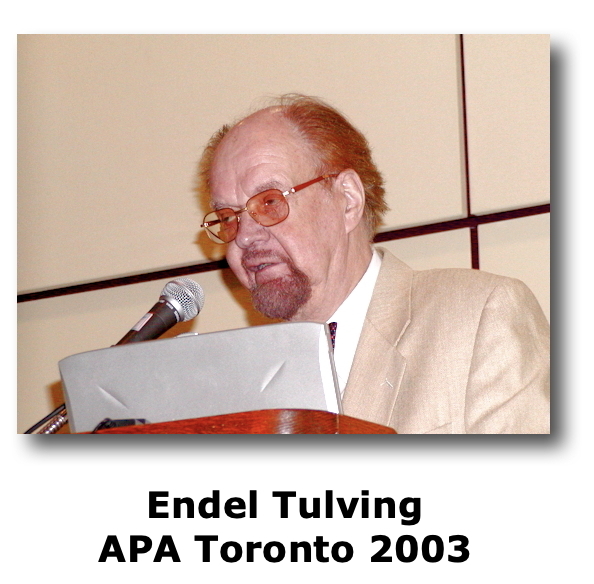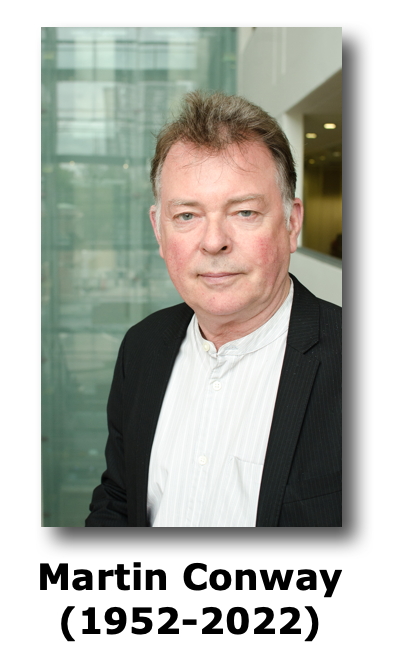Octobver 19, 2024
PSY 444
Story in Psychology: Narrative Perspectives on Human
Behavior
|
Octobver 19, 2024 |
PSY 444
Story in Psychology: Narrative Perspectives on Human
Behavior |
What is memory?
A. Older "Faculty of Mind" Theories: Memory
Often the list of these faculties included six important abilities: imagination, perception will, memory, intuition, and reason. The underlying belief was that each faculty was a kind of singular or general ability over all. Memory as a faculty of mind wasn't broken down into multiple different types.“any approach to psychological issues based on the idea that mental processes can be divided into separate specialized abilities or powers, which can be developed by mental exercises in the same way that muscles can be strengthened by physical exercises.
Faculty psychology in the late 18th and 19th century sometimes took the form of the so-called science of "phrenology." The Encyclopedia Britannica summarizes the basic five ideas of phrenology:
"(1) the brain is the organ of the mind; (2) human mental powers can be analyzed into a definite number of independent faculties; (3) these faculties are innate, and each has its seat in a definite region of the surface of the brain; (4) the size of each such region is the measure of the degree to which the faculty seated in it forms a constituent element in the character of the individual; and (5) the correspondence between the outer surface of the skull and the contour of the brain-surface beneath is sufficiently close to enable the observer to recognize the relative sizes of these several organs by the examination of the outer surface of the head."Johann Gaspar Spurzheim (1776-1832) and George Combe (1788-1858) who were major proponents of phrenology in the United States suggested that there were 34 separate faculties which included “memory of things”
B. Contemporary Notions of Memory: General
The Penguin Dictionary of Psychology (Reber & Reber, 2001) offers three definitions for the concept of memory. These are
Consider how psychology understands the complexity of memory in the 21st century:
- The mental function of retaining information about stimuli, events, images, ideas, etc. after the original stimuli are no longer present.
- The hypothesized system in the mind/brain that holds this information.
- The information so retained (p. 423).
C. What is memory? The contribution of Frederic C. Bartlett
Memory does not work as a camera might do in taking a picture of a scene. Rather, the processes of encoding and recall in memory are profoundly affected by the cultural norms and mental mindsets (schemas) that a person brings to the task. He explained this finding from his research in Remembering: A Study in Experimental and Social Psychology (1932).
"Bartlett argued that memory is an active process of building rather than a static object to be recovered.Example 1: Portrait of a Man
His experimental method confronted English-born adults with a range of meaningful materials – stories, prose passages, and drawings – which they were asked to reproduce either at multiple sequential intervals or via serial transmission from one subject to another (similar to the American game of “Telephone”). … He analyzed the qualitative changes and stabilities in his subjects’ reproduction of these materials, particularly their responses to a decidedly singular Native American folk tale (“The War of the Ghosts”) ... He pointed out the ways his participants tended to assimilate experimental stimuli to their own cultural frameworks.
- assimilate experimental stimuli to their own cultural frameworks.
- Bartlett used the concept of schema. … Individuals actively deploy their own attitudes, beliefs, and past experiences (their schemata) to make sense of the materials they are remembering.
- memory is a fundamentally reconstructive rather than reproductive act.
A stylized African shield image becomes a Western male
Example 2: From an Egyptian Owl to a Cat
An Egyptian hieroglyphic image of an owl gradually becomes seen as an ordinary cat
D. Types of Memory: The contribution of Endel Tulving
In 1972 Endel Tulving (1927-2023), first proposed that long-term memory consists of two separate systems that process different kinds of information:
- episodic memory involving events and semantic memory involving facts.
- [A] “semantic memory registers and stores knowledge about the world
- [B] [e]pisodic memory enables a person to remember personally experienced events as such".
- The ability to recognized that something we experience right now is similar to what happened to us in the past he called "autonoetic awareness" (while awareness of facts about the world he termed "noetic awareness.")
- "mental time travel."
E. Autobiographical Memory vs. Episodic Memory
So, what is autobiographical memory (AM) and is it different from episodic memory? A contemporary view argues that AM is obviously about one’s own experiences. But, AM involves more for it “consists of many different types of knowledge, and it is not limited to episodes but also includes procedures and facts” (Marsh & Roediger, 2013, p. 483).
F. What is the relationship between self and memory?


Endel Tulving: “Remembering past events serves to establish the sense of continuity of our self over time by virtue of a specific phenomenal quality (i.e., the immediate feeling that “I” experienced the remembered event” (Gueriri et al. 2019)
Martin Conway (1952-2022), reverses Tulving: “the conceptual self (the present Me) … selects and also distorts personal memories so as to increase the sense of personal continuity. As a consequence, self-continuity is not ‘provided by the identity of the remembering I, but by the perceived similarity of the present and past Me’ [Habermas & Köber, 2015]” (Guerini et al., 2019)
Katherine Nelson (1930-2018): Autobiographical memory is a subclass of episodic memories which involve a reference to the self, which is viewed however from a social interactionist standpoint. The sense of self in time originates then from social-communicative interactions, and especially from sharing memory narratives which progressively lead children to rationalize memories of their experience in autobiographical terms. Nelson stresses more than other authors the role of relationships in constituting a sense of self.
References
Bartlett, F. C. (1932). Remembering: A study in experimental and social psychology. London, UK: Cambridge University Press.
Gazzaniga, M. S., Ivry, R. B., & Mangun, G. R. (2019) Cognitive neuroscience: The biology of the mind (5th ed.). New York: W. W. Norton.
Guerini, R., Marraffa, M., Meini, C., & Paternoster, A. (2019). Editorial: Self and memory: A multidisciplinary debate. Frontiers in Psychology. https://dx.doi.org/10.3389/fpsyg.2018.02676
Habermas, T., and Köber, C. (2015). Autobiographical reasoning is constitutive for narrative identity: The role of the life story for personal continuity. In K. C. McLean & M. Syed (Eds.), The Oxford handbook of identity development (pp. 149-165). UK: Oxford University Press.
Hevern, V. W. (2012). Bartlett, F. C. (Frederic Charles). In R. W. Rieber (Ed.), Encyclopedia of the history of psychological theories (pp. 97-98). New York: Springer. http://dx.doi.org/10.1007 /978-1-4419-0463-8_185
Marsh, E. J., & Roediger, H. L., III. (2013). Episodic and autobiographical memory. In A. F. Healy & R. W. Proctor (Eds.) Handbook of psychology: Vol. 4, Experimental psychology (2nd ed., pp. 472-494). New York: John Wiley & Sons.
Reber, A. S., & Reber, E. S. (2001). The Penguin dictionary of psychology (3rd ed.). New York: Penguin.
Tulving, E. (1972). Episodic and semantic memory. In E. Tulving & W. Donaldson (Eds.), Organization of memory (pp. 381-403). New York: Academic Press.
Tulving, E. (1993). What is episodic memory? Current Directions in Psychological Science, 2(3), 67-70. https://www.jstor.org/stable/pdf/20182204.pdf